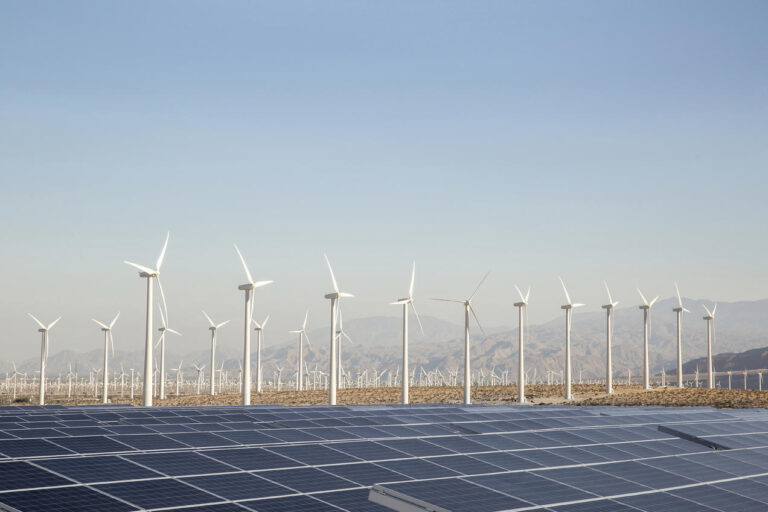
Renewable Energy: A Key Step in Combating Climate Change
As the world becomes increasingly aware of the importance of reducing greenhouse gas emissions and fighting the effects of climate change, the transition to renewable energy sources is becoming more crucial. Renewable energy sources such as wind, solar, hydro, and geothermal provide a clean, sustainable source of power that does not emit harmful pollutants into the environment. In recent years, the transition to renewable energy has been happening at a rapid pace, with wind and solar power estimated to generate 20% of the world’s electricity by the end of 2022. This shift has not only reduced greenhouse gas emissions but has also created new job opportunities, improved energy security, and reduced energy costs for consumers.
One of the most exciting developments in renewable energy is the rapid growth of wind and solar power. Wind turbines and solar panels have become more efficient and cost-effective, leading to a significant increase in their installation in recent years. In addition, advances in energy storage technology have made it possible to store excess energy generated by wind and solar power, making them more reliable and accessible sources of energy.
Another trend in renewable energy is the growth of community-owned renewable energy projects. These projects allow communities to generate and control their own energy, giving them more control over their energy sources and reducing their dependence on traditional energy sources.
In addition to wind and solar power, other forms of renewable energy are also making significant strides. For example, hydroelectric power is becoming more efficient and cost-effective, while geothermal energy is being utilized to generate power in areas with volcanic activity. The development of these technologies is helping to create a more diverse and resilient energy system, reducing our dependence on fossil fuels and improving energy security.
Despite the progress being made in the renewable energy sector, there is still a long way to go before we can achieve a truly sustainable future. However, by continuing to support and invest in renewable energy and energy efficiency, we can make a positive impact on the environment and create a more sustainable future for generations to come.
One of the biggest challenges facing the transition to renewable energy is the need for investment and support from governments, corporations, and individuals. This includes investments in research and development, as well as incentives for the adoption of renewable energy technologies. Governments can play a crucial role by implementing policies and regulations that support the transition to renewable energy, while corporations can invest in renewable energy projects and adopt sustainable practices in their operations.
Individuals can also play a role by reducing their energy consumption, investing in renewable energy, and advocating for policies that support the transition to renewable energy. Simple actions such as using energy-efficient appliances, reducing water usage, and using public transportation can have a significant impact when combined.
In conclusion, the transition to renewable energy is an important step in our fight against climate change. With continued investment and support, renewable energy sources such as wind and solar power, along with new energy storage technologies, will play a key role in creating a more sustainable future. As environmental bloggers, it’s our responsibility to educate and inform the public about these exciting developments and the impact they can have on our world. By spreading awareness and advocating for change, we can help create a better future for all.
Written BY
Garret Nathan
Founder
The Better Days Foundation
